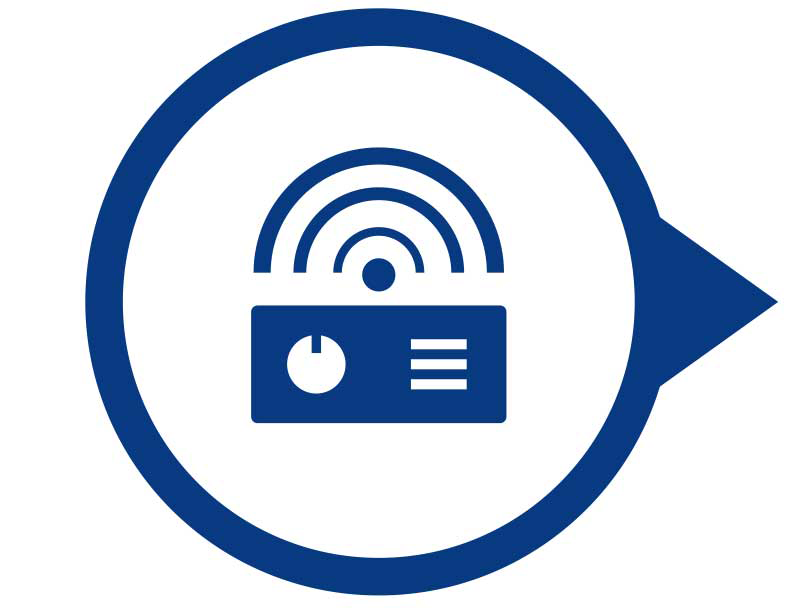K-12 EDUCATION
School administrators today must be thoughtful and strategic in how they allocate school safety and security resources. They also realize that there is a thin line between making a school safer and turning it into a fortress. Administrators looking for an ideal solution to this complex challenge should consider Campus Shield.

School administrators choose Campus Shield for a variety of reasons:
- Unlike cell phones and WiFi networks, it works all the time.
- Under duress, it is simple and easy to activate. One button, one press.
- Campus Shield integrates with camera systems, allowing districts to extract more value from those investments.
WHAT IS CAMPUS SHIELD and how does it work?
Campus Shield is a radio-frequency (RF) technology panic button system that allows individuals to instantly and easily alert first responders to an emergency anywhere on campus. The key-fob sized panic button or PAL (personal alarm locator) travels with individuals on a lanyard or in a pocket. It works indoors and out. There are no dead zones, and it provides accurate location information whether the person in distress is in a basement, first floor classroom or third floor bathroom.

The system is activated by pressing a small, handheld device called a PAL. PAL activation is simple and discrete. People typically keep their PAL in a pocket or on a lanyard. Each PAL is assigned to a specific user, allowing first responders to identify the individual in distress.

Once a PAL is pressed, monitors at the head-end display a picture of the PAL holder, profile information, as well as the location of the emergency. If the PAL holder moves during activation, their location updates automatically at the head-end.

Monitors at the head-end display a picture of the PAL holder, profile information, as well as the location of the emergency. If the PAL holder moves during activation, their location updates automatically at the head-end.

Campus Shield is the fastest most reliable way to mobilize a response to a campus emergency.
